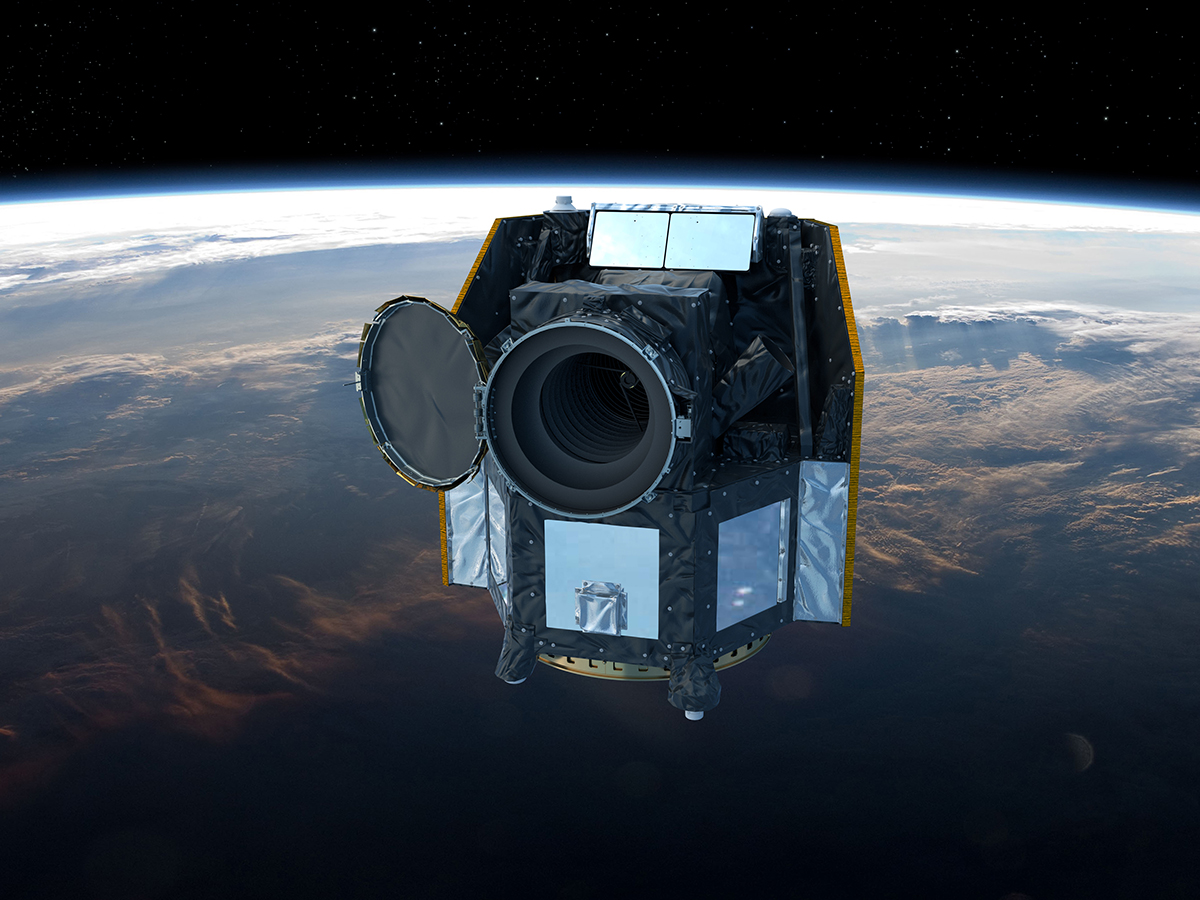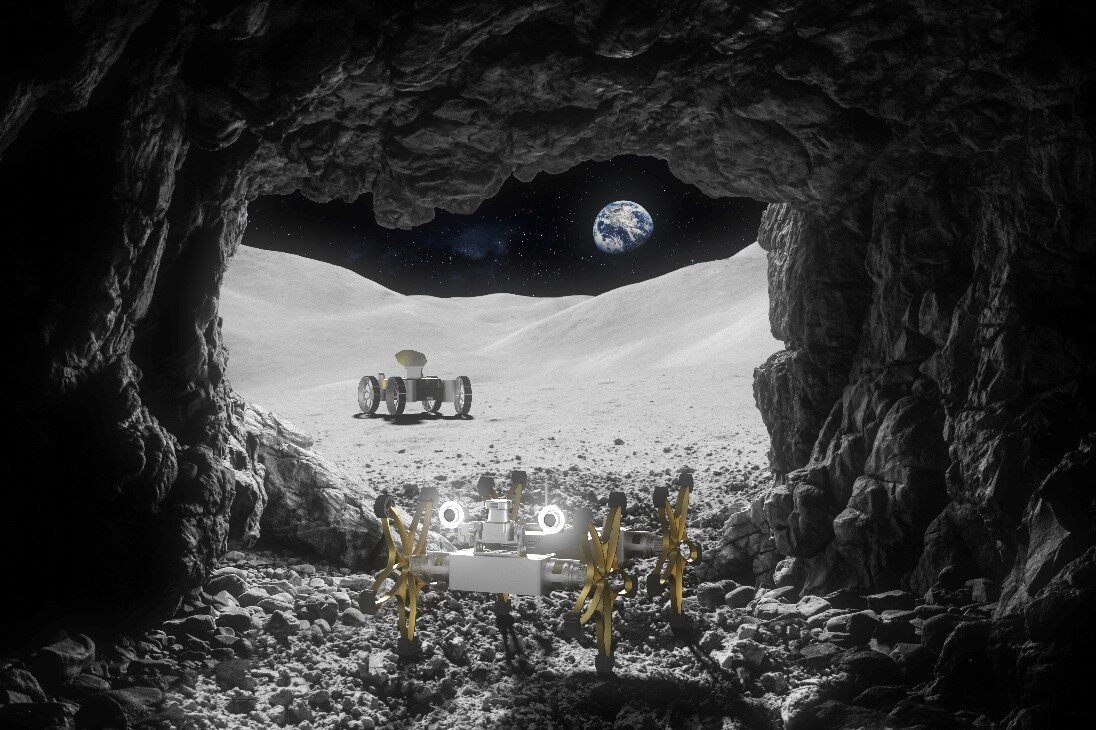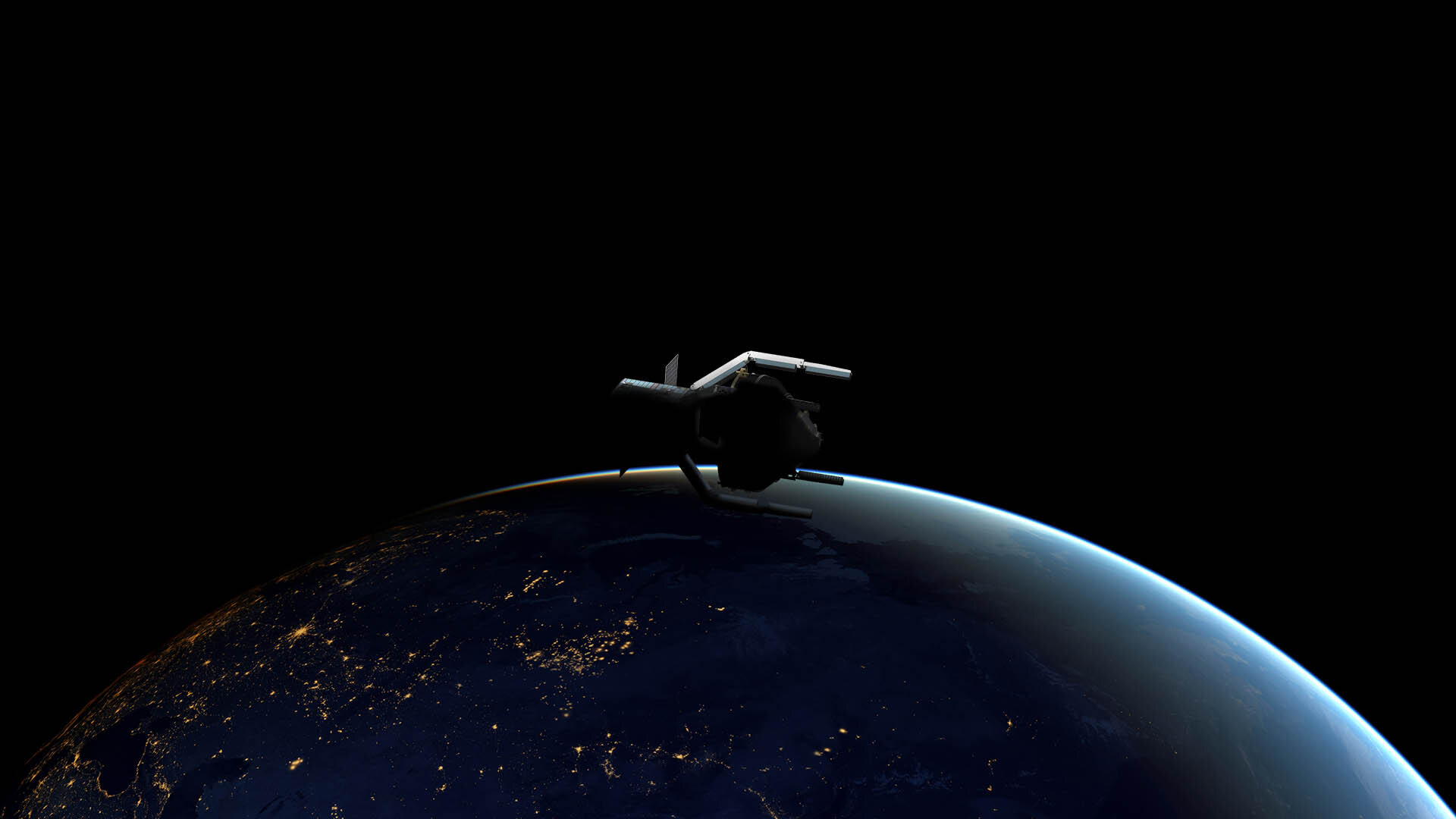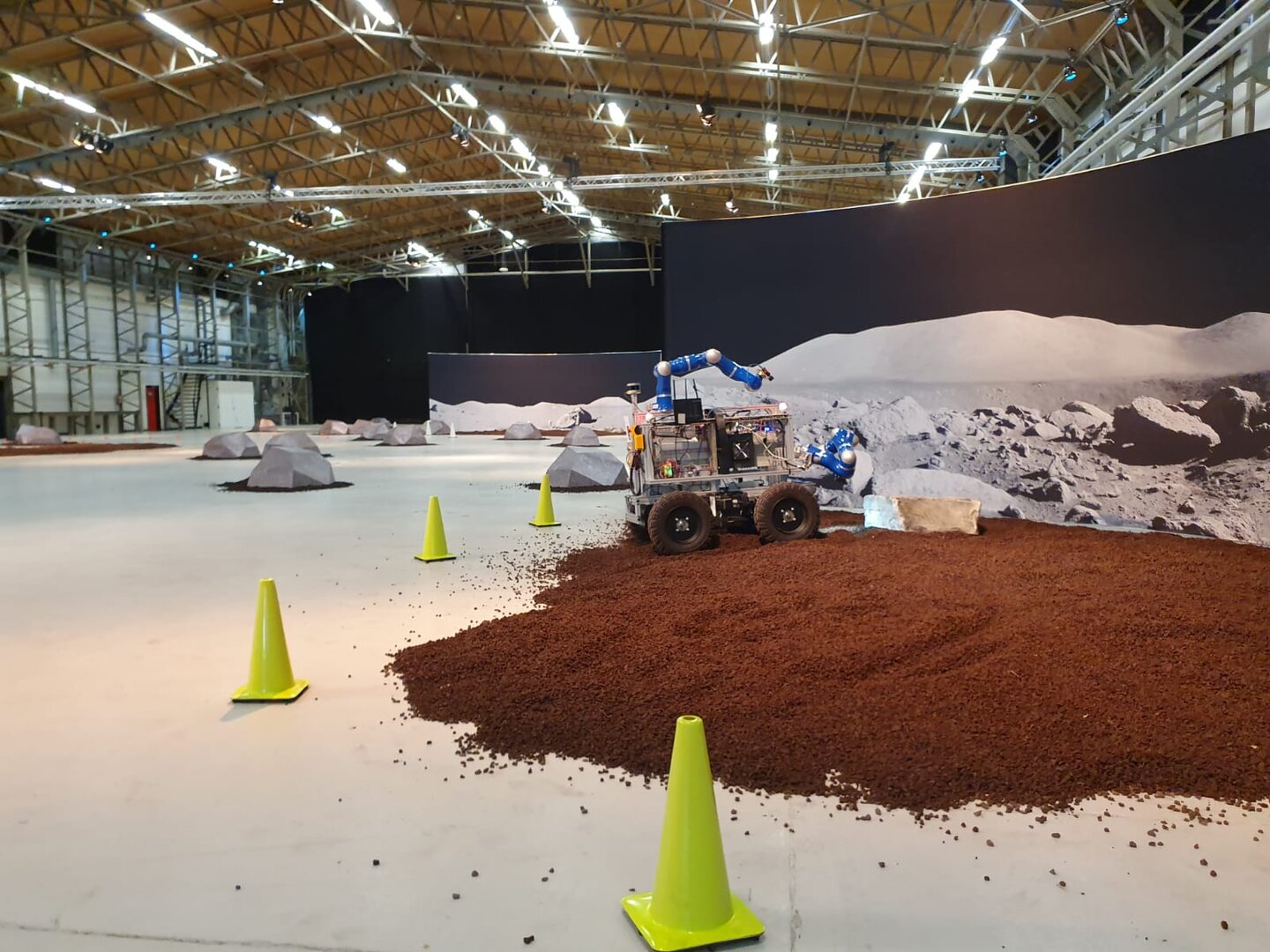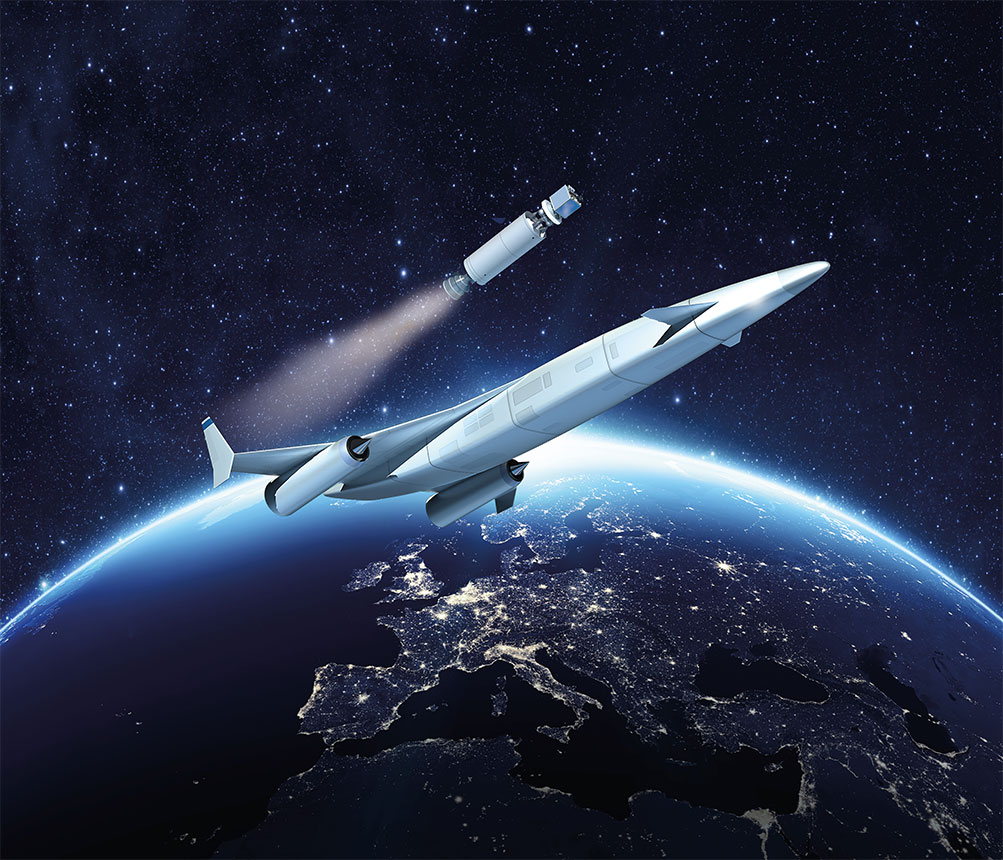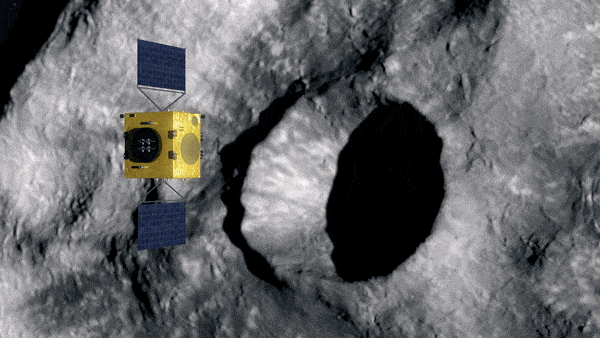The Sun is not exactly placid, though it appears pretty peaceful in the quick glances we can steal with our naked eyes. In reality though, the Sun is a dynamic, chaotic body, spraying out solar wind and radiation and erupting in great sheets of plasma. Living in a technological society next to all that is a challenge.
Continue reading “ESA is Considering a Mission to Give Advanced Warnings of Solar Storms”CHEOPS Just Opened Its Eyes to Start Studying Known Exoplanets, We Should See the First Picture in a Few Weeks
The CHEOPS (CHaracterising ExOPlanets Satellite) spacecraft just opened the cover on its telescope. The spacecraft was launched on December 18th 2019 and has so far performed flawlessly. In one or two weeks we could get our first images from the instrument.
Continue reading “CHEOPS Just Opened Its Eyes to Start Studying Known Exoplanets, We Should See the First Picture in a Few Weeks”ESA is Going to Test Two Rovers Working Together to Explore the Moon
The ESA has spent the past few years working towards the creation of an international lunar base, something that will serve as a spiritual successor to the International Space Station (ISS). To accomplish this, they have enlisted the help of other space agencies and contractors to develop concepts for space habitats and construction methods as well as ways to provide robotic and logistical support.
Recently, the ESA’s Technology Development Element (TDE) signed on with the French technology developer COMEX to create the TRAILER robotic system. This two-year project will test a new mission architecture where two rovers work in tandem (and with the help of astronauts) for the sake of exploring the lunar surface and building a permanent outpost on the Moon.
Continue reading “ESA is Going to Test Two Rovers Working Together to Explore the Moon”ESA’s CHEOPS Just Launched. We’re About to Learn a LOT More About Exoplanets
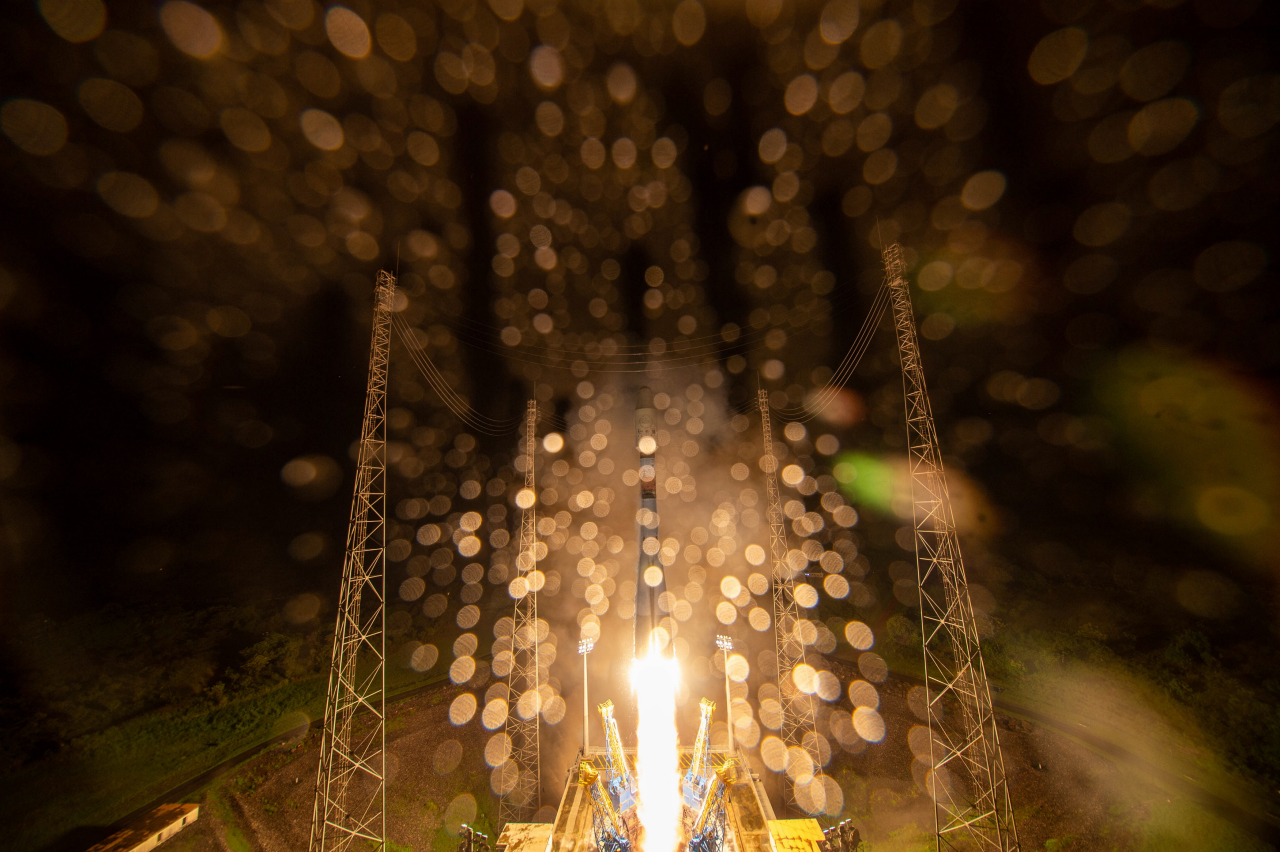
The CHEOPS mission is underway. On December 18th, the exoplanet-studying spacecraft launched from Europe’s Spaceport in Kourou, French Guiana aboard a Soyuz-Fregat rocket. Initial signals from CHEOPS show that the launch was a success.
Continue reading “ESA’s CHEOPS Just Launched. We’re About to Learn a LOT More About Exoplanets”An Upcoming ESA Mission is Going to Remove one Piece of Space Junk From Orbit
While working at the NASA Johnson Space Center during the 1970s, astrophysicist Donald Kessler predicted that collisions between space debris would become increasingly common as the density of space debris increases in orbit around the Earth – creating a cascading effect. Since 2005, the amount of debris in orbit has followed an exponential growth curve, confirming Kessler’s prediction.
Given that the problem is only going to get worse in the coming years, there is a growing demand for technologies that can remove space debris. Following a competitive process, the ESA recently contracted the Swiss startup ClearSpace Today to create the world’s first debris-removing space mission. This mission, known as ClearSpace-1, is expected to launch by 2025 and will help pave the way for more debris removal missions.
Continue reading “An Upcoming ESA Mission is Going to Remove one Piece of Space Junk From Orbit”ESA Astronaut Luca Parmitano will be Controlling a Rover From Space
Update: The Analog-1 experiment was a complete success! Astronaut Parmitano completed all the requirements within the specified time frame (one hour). This test is the first step in validating the teleoperation technology.
NASA has been rather up-front about its desire to send astronauts back to the Moon and on to Mars in the coming years. They are joined by multiple space agencies (such as the ESA, Roscosmos, the CNSA and the IRSO) who also wish to conduct their first crewed missions beyond Earth. However, what is often overlooked is the role teleoperated missions will play in the near-future – where humans and robots explore hand-in-hand.
For example, the ESA has embarked upon a series of experiments collectively named Analog-1, where astronauts control robots from space. Yesterday (Nov. 18th), ESA astronaut Luca Parmitano took control of a robot in the Netherlands from the ISS. This experiment and others like it will help prepare astronauts for future missions that will involve the exploration of hazardous or inaccessible off-world environments.
Continue reading “ESA Astronaut Luca Parmitano will be Controlling a Rover From Space”Skylon’s SABRE Engine Passes a Big Test
The UK aerospace company Reaction Engine Limited was founded in 1989 for the express purpose of creating engines that would lead to spaceplanes capable of horizontal take-off and landing (HOTOL). With support from the ESA, these efforts have resulted in the Synergetic Air-Breathing Rocket Engine (SABRE). Once complete, this system will combine elements of jet and rocket propulsion to achieve hypersonic speeds (Mach 5 to Mach 25).
Recently, Reaction Engines passed a major milestone with the development of their SABRE engine. As the company announced earlier this week (on Tues. Oct. 22nd), their engineers conducted a successful test of a vital component – the engine’s heat exchange element (aka. precooler). What’s more, the test involved airflow temperatures equivalent to speeds of Mach 5, which is in the hypersonic range.
Continue reading “Skylon’s SABRE Engine Passes a Big Test”Astronauts Explore Caves on Earth, Learning the Skills They’ll Need for the Moon and Mars
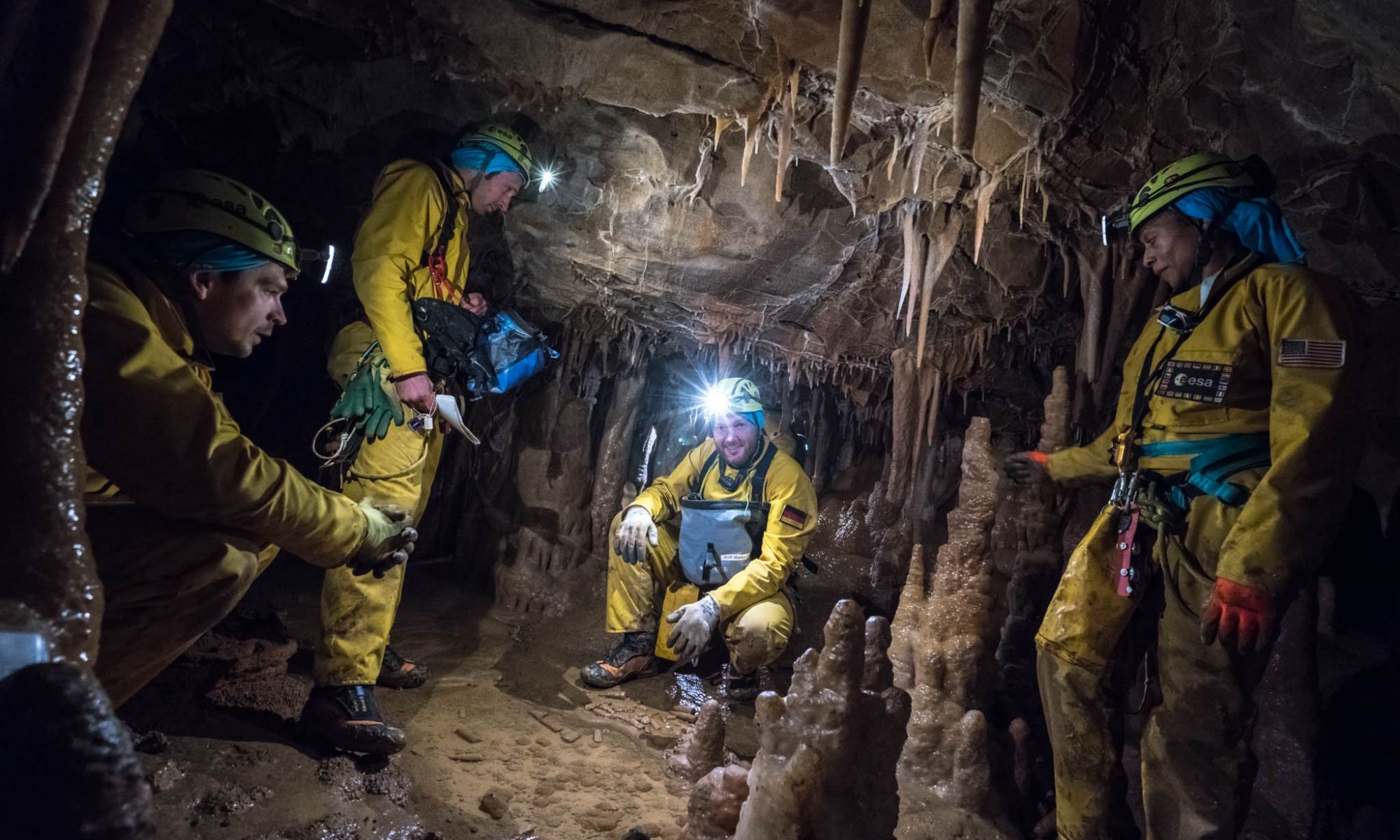
We’re accustomed to astronauts pulling off their missions without a hitch. They head up to the International Space Station for months at a time and do what they do, then come home. But upcoming missions to the surface of the Moon, and maybe Mars, present a whole new set of challenges.
One way astronauts are preparing for those challenges is by exploring the extreme environment inside caves.
Continue reading “Astronauts Explore Caves on Earth, Learning the Skills They’ll Need for the Moon and Mars”Europe and US are Going to Try and Deflect an Asteroid
Next week, asteroid researchers and spacecraft engineers from all around the world will gather in Rome to discuss the latest in asteroid defense. The three-day International AIDA Workshop, which will run from Sept. 11th to 13th, will focus on the development of the joint NASA-ESA Asteroid Impact Deflection Assessment (AIDA) mission.
The purpose of this two-spacecraft system is to deflect the orbit of one of the bodies that make up the binary asteroid Didymos, which orbits between Earth and Mars. While one spacecraft will collide with a binary Near-Earth Asteroid (NEA), the other will observe the impact and survey the crash site in order to gather as much data as possible about this method of asteroid defense.
Continue reading “Europe and US are Going to Try and Deflect an Asteroid”Even Though it Hasn’t Launched Yet, JUICE Took its First Images of Jupiter and its Moons
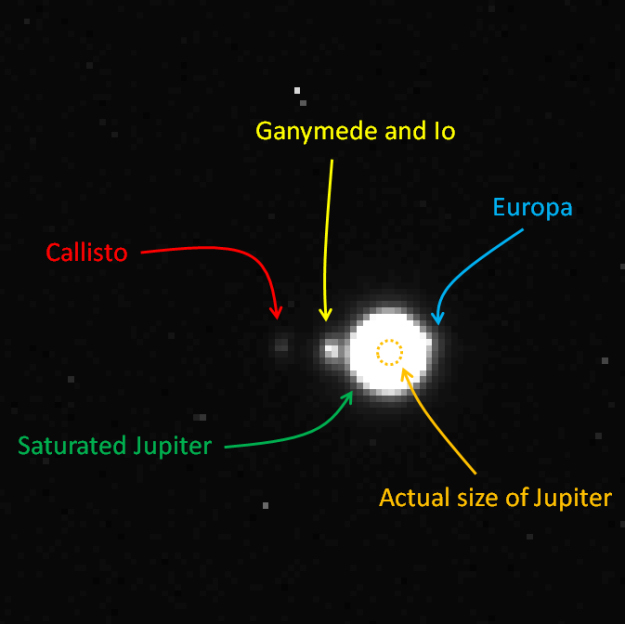
Is there a more complicated and sophisticated technological engineering project than a spacecraft? Maybe a particle accelerator or a fusion power project. But other than those two, the answer is probably no.
Spacecraft like the ESA’s JUICE don’t just pop out of the lab ready to go. Each spacecraft like JUICE is a singular design, and they require years—or even a decade or more—of work before they ever see a launch pad. With a scheduled launch date of 2022, JUICE is in the middle of all that work. Now its cameras are capturing images of Jupiter and its icy moons as part of its navigation calibration and fine-tuning.
“It felt particularly meaningful to conduct our tests already on our destination!”
Gregory Jonniaux, Vision-Based Navigation expert at Airbus Defence and Space.


